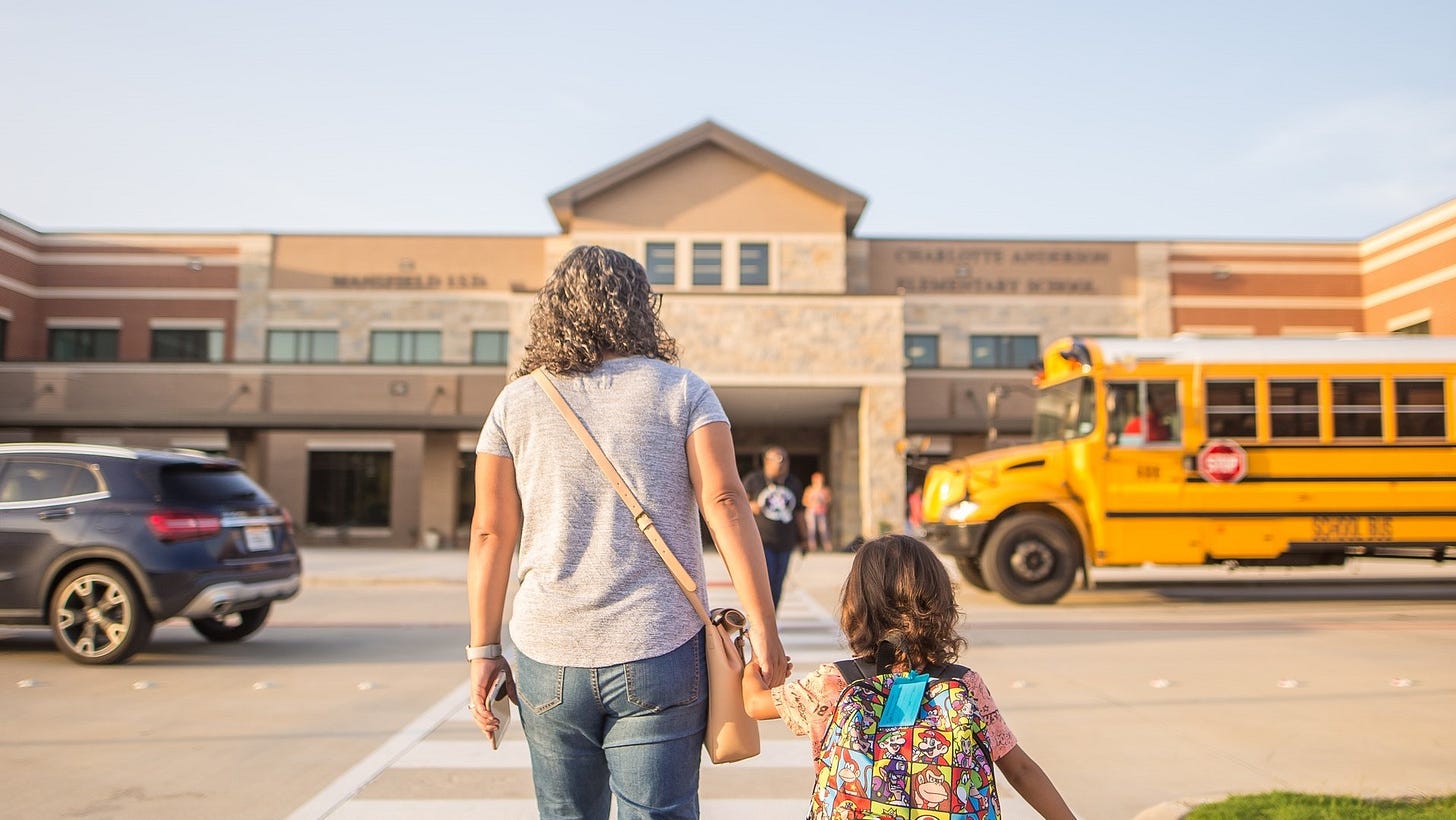One Important Lesson Inclusionists Can Learn From Buddy the Elf
“The best way to spread Christmas cheer is singing loud for all to hear.” – Buddy

Just Keep Singing
I’m a sucker for documentaries on just about anything.
So, when I saw that Netflix had a series of shows about “The Holiday Movies That Made Us,” I was all in.
Watching Elf for the first time near the end of 2003, it felt (to me) like it was an instant classic. The story of Buddy the Elf, a relentlessly optimistic outsider who wants to find his father and spread Christmas cheer with the world, was magical. And the scene where the crowd near Central Park follows Jovie as she sings Santa Claus is Coming to Town always gets me a little teary-eyed.
As an inclusionist, I often feel like I’m trying to get people to believe in things that just don’t seem real. And maybe you (like me) are so passionate about inclusion; we can come across as a bit fanatical.
So what is one important lesson we can learn from Buddy the Elf?
We need to keep singing.
I know. Easier said than done.
But for those who know inclusion works, our version of singing is sharing stories. Maybe, if we keeping sharing those stories, it will encourage others to tell theirs. Pretty soon, we will all be singing.
Check out these two stories recently published on Think Inclusive.

When You Include Students, They Learn More, Achieve More, and Are More Engaged
Cecil County Public Schools (CCPS) in Maryland has been on a journey of inclusive education for close to two decades.
For CCPS, the proof has been in the data. All their student achievement numbers rose throughout the inclusive programming process, including those with significant disabilities. And for 2020, [their] graduation rate for students with disabilities is the highest it had ever been.
For the last ten years, CCPS’s LRE data shows inclusion rates of at least 90% of students with disabilities educated in general education 80% or more of their day.

Seeing Inclusion in Action Can Be the Spark to Systems Change
Sometimes seeing is believing. For Chad’s family, they had to see the impact of including him in his neighborhood school to believe it was the right thing to do.
The bottom line is that “students in segregated self-contained classrooms [do not] get the same education as general education students in regular classrooms,” said Jacques Smith, a former middle school administrator and Board President of MCIE.
…through the Neighborhood School Project, Chad’s opportunity to be meaningfully included with his peers at this school became a reality. It did not just happen but is the result of careful planning led by educational visionaries and strategies that promote effective inclusive education.
It’s been quite a year. Thank you for being with us on this journey.
When 2020 started, I never would have guessed that I’d be writing the Weeklyish as part of my job.
It turns out it really was our year after all. See you in January.
Tim





